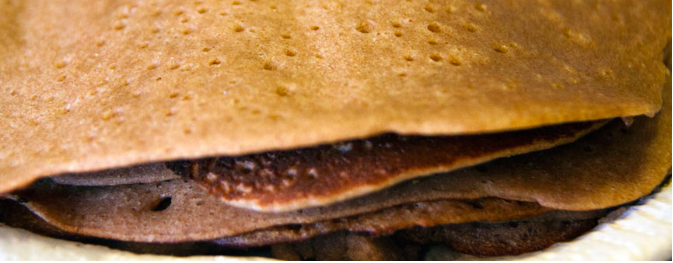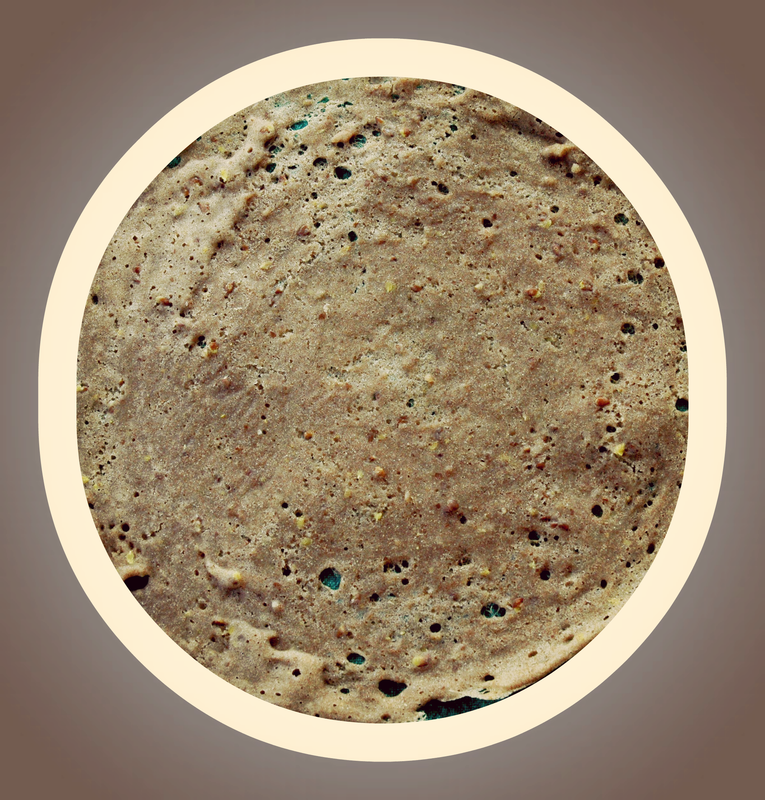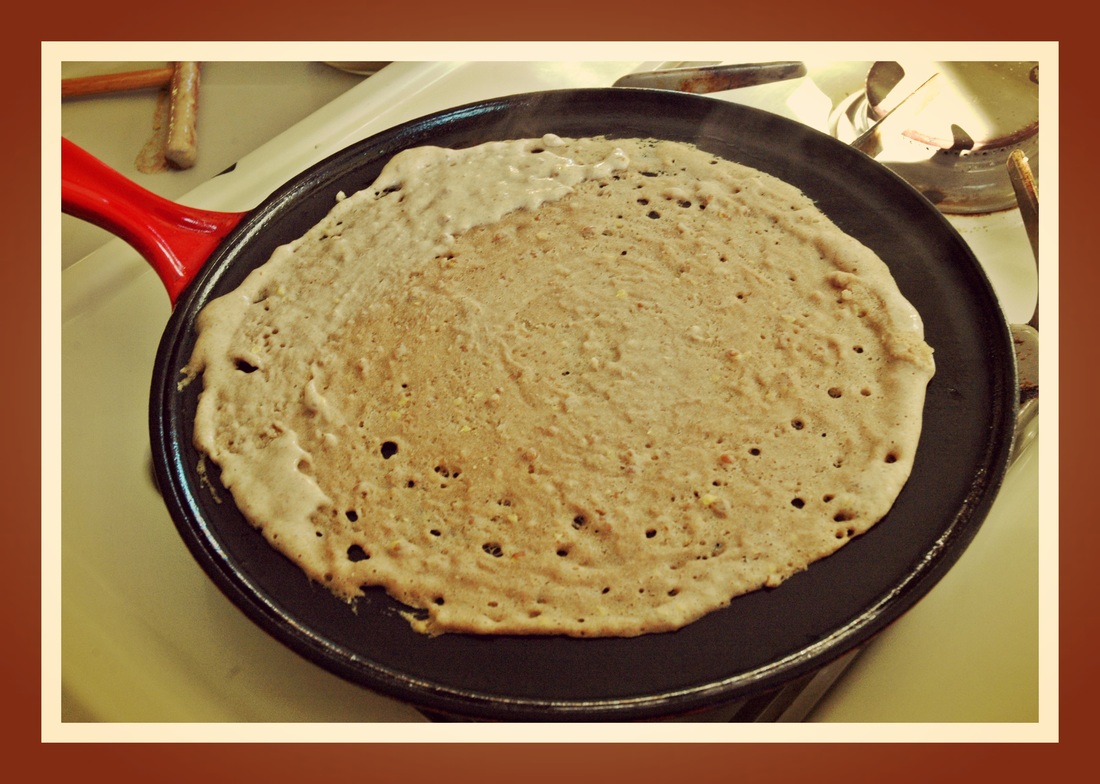Revisionist Baking Method Monday
8/1/2016 07:30:03 am
Thanks for this! It's a very close study of a bread I've come to appreciate as cousin-bread to the Yemeni lahoh (lahouh? the aitches are more-than-a-little aspirated). Lahouh was traditionally made with sorghum, or possibly *of* sorghum, in a sourdough arrangement, and has been one of my culinary quests for many years, with some breakthroughs this year.
Sido Maroon
8/1/2016 07:58:54 am
Thanks Dena, I'd like to try your Lahouh sometime soon. I did a little research into it a few days ago, and I think you're right "Injera" types populate across the Red Sea, and well into other parts of Africa. Pickles...pickles to taste.
Raea
10/22/2016 12:08:24 pm
Barley flakes are not possible for me with my diet...any gluten free alternative ? I am ready to make the Injera!
sido
10/22/2016 12:15:28 pm
Just replace with more teff, sorghum or millet flour in the same amount as the barley flakes. Comments are closed.
|
Categories
All
Archives
December 2017
AuthorHi I'm Sido Maroon, |






 RSS Feed
RSS Feed



















